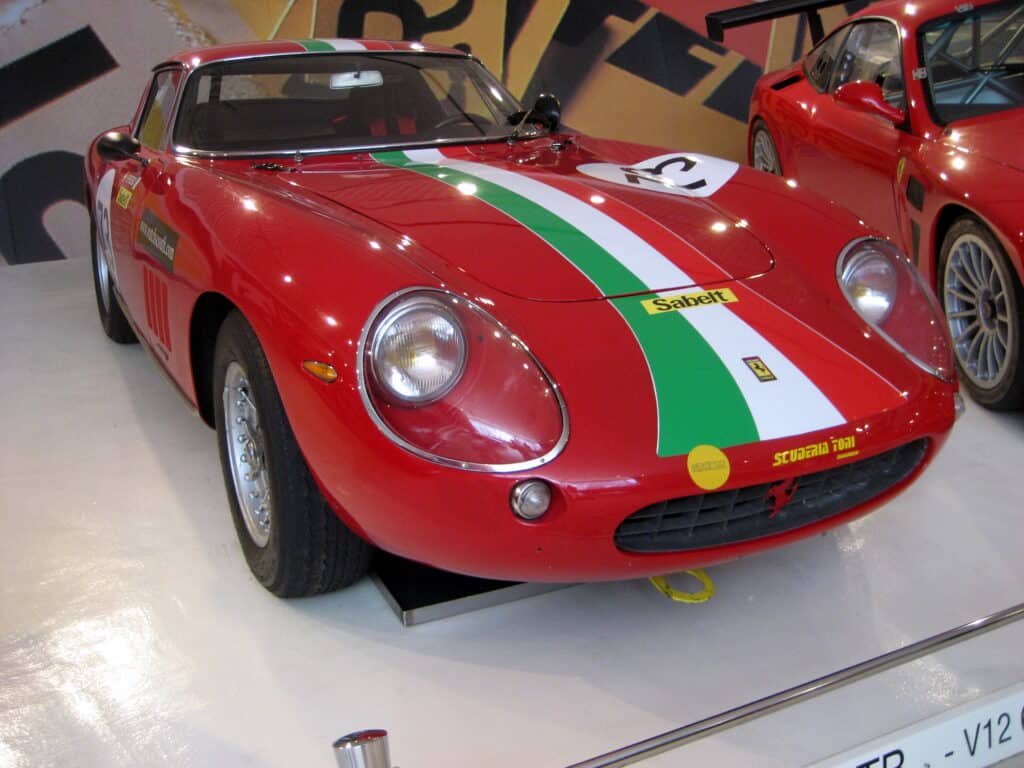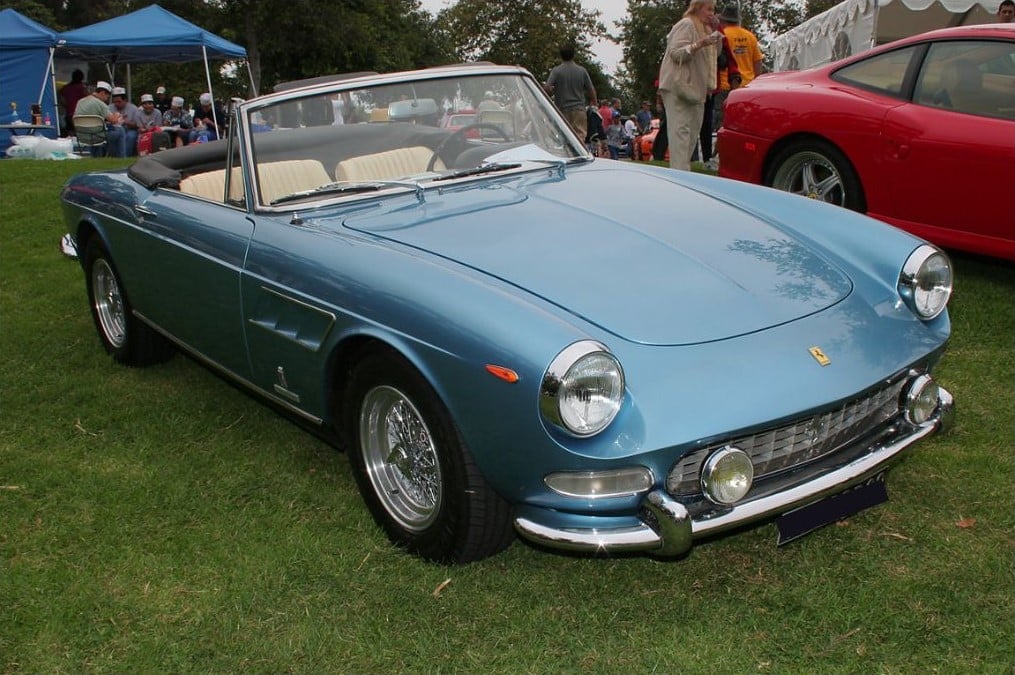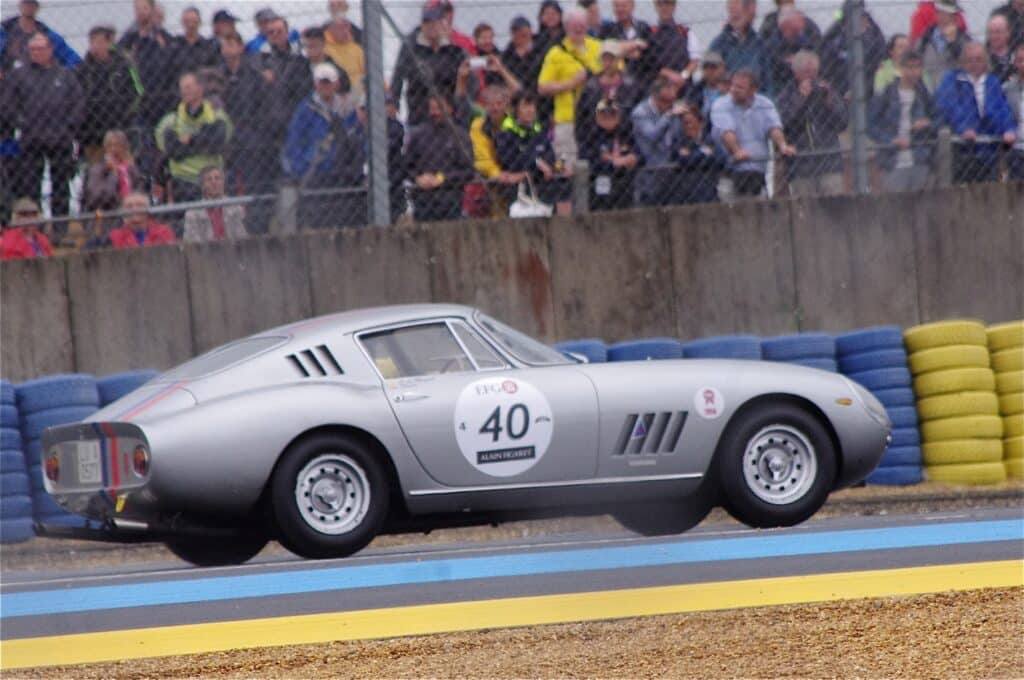Cars, as we know them today, in all their diversity of shapes and forms, have resulted from more than a century of innovations and redesigns. During this time, many revolutionary models have set the foundations for new automotive segments or, at least, redefined the existing ones. For instance, Lamborghini didn’t just come up with their first production sports car when introducing Miura. Instead, they’ve also laid out a template for what we now know as supercars. Similarly, the terms muscle and car probably wouldn’t have ever been joined together if Mustang hadn’t run out of Ford’s stable.
Still, it is often forgotten that these cars, groundbreaking as they may’ve been, had flaws and were usually far from perfect. And it was up to the models that followed to remedy these deficiencies while still staying true to the original recipe. As this usually meant filling in the boots of a legend, these cars have often faced a colossal challenge. One such car was the Ferrari 275, whose task was to follow the footsteps of one of the most successful sports cars ever made – the legendary 250 GTO.
Ferrari 275’s background
The late 50s and early 60s were fantastic years for, at that time, a small-scale sports car maker called Ferrari. During this period, the Maranello-based manufacturer launched a highly-successful 250 series, which became their first model made in significant numbers. And undoubtedly, the most notable among them was the iconic 250 GTO. Given its racing pedigree, this car should obviously be fast and competitive around the track. And it was, as it won almost every racing event it took part in, with 3 consecutive triumphs at FIA’s GT championship being the most notable. But where the 250 GTO really excelled over its contemporary rivals was everyday usability. Unlike most road-going race cars at the time, it was easy to drive, reasonably comfortable, and surprisingly reliable. As a result, the owner could take its 250 GTO to the race track, bash it there all day long, and then drive back home in the evening.
But as the years went by, 250 GTO gradually started to show its age. Successful as it may be, this car, with its outdated chassis and suspension, would soon become obsolete. And with fierce competition, which included Aston Martin, Jaguar, and Maserati, knocking on the door, this couldn’t be ignored. So by the mid-60s, Ferrari was tirelessly developing the heavily-anticipated 250’s successor. The new car should, in essence, look and feel like the one it’s replacing while also introducing various innovations and improvements. And because it would feature a slightly bigger engine, it would also receive a new name reflecting that fact.
Ferrari 275 – the looks
On the outside, the Ferrari 275 had a severe deja-vu effect, which was no surprise given its primary intention. As 250 GTO’s spiritual successor, the new car had to have a similar overall shape and nearly identical design features. With that in mind, whatever was said about the 250’s design could also be used to describe the 275. Still, that doesn’t mean the new car was a mere copy of the model it replaced. In fact, designers at Pininfarina have done a remarkable job of making it visually distinctive.

But as the years went by, 250 GTO gradually started to show its age. Successful as it may be, this car, with its outdated chassis and suspension, would soon become obsolete. And with fierce competition, which included Aston Martin, Jaguar, and Maserati, knocking on the door, this couldn’t be ignored. So by the mid-60s, Ferrari was tirelessly developing the heavily-anticipated 250’s successor. The new car should, in essence, look and feel like the one it’s replacing while also introducing various innovations and improvements. And because it would feature a slightly bigger engine, it would also receive a new name reflecting that fact.
Ferrari 275 – the looks
On the outside, the Ferrari 275 had a severe deja-vu effect, which was no surprise given its primary intention. As 250 GTO’s spiritual successor, the new car had to have a similar overall shape and nearly identical design features. With that in mind, whatever was said about the 250’s design could also be used to describe the 275. Still, that doesn’t mean the new car was a mere copy of the model it replaced. In fact, designers at Pininfarina have done a remarkable job of making it visually distinctive.

More importantly, the new 275 featured several mechanical innovations that set it apart from its predecessor. This included a transaxle transmission with a gearbox at the back, which provided better weight distribution and improved handling. Furthermore, this was Ferrari’s first road car to have independent suspension all around, with a double-wishbone configuration back and front. The last of the then-cutting-edge innovations were disc brakes developed by Dunplo, which were fitted to all four wheels. All this gave the Ferrari 275 true racing potential while not compromising comfort and everyday usability.
What was Ferrari 275 like to own
With so much riding on its shoulders, Ferrari 275 shouldn’t have been anything short of an engineering masterpiece. But unfortunately, it proved that early models had some serious and very annoying flaws, which could have threatened the reputation and heritage it had. For a start, there was that revolutionary and innovative transaxle drivetrain configuration. To make it robust, engineers at Maranello designed it from one piece connecting the engine at one side and transmission and the other.

While this configuration, in theory at least, seemed like a great idea, its real-live performance wasn’t convincing. The problem was that it would quickly wear out if there was even the slightest misalignment. Then there were disk brakes, which, in addition to being sharp and effective, would also fade quickly. In most cases, this would happen after just a few hard brakings and without prior warnings. Besides being extremely frustrating, this was also very dangerous if would happen on a track or a winding mountain road.
Luckily, Ferrari recognized these problems and came up with solutions. The prop shaft received CV joints, which prevent it from wearing out even when there is a misalignment between drivetrain components. In addition, the brake system was redesigned to improve its cooling, making them less prone to that notorious fading. With these and several other minor upgrades, Ferrari 275 became a true gem to drive and own.
Ferrari 275 in motorsports
It shouldn’t ever be forgotten that Ferrari primarily is, and always has been, a race car manufacturer. As such, most of their models are firstly designed to win at tracks, and
275 GTB was no excemtion. These served as a basis for Ferrari’s racing cars that competed in 1965’s GT class. Still, the 275 GTB Competizione Speciale, as it was called, wasn’t just a stripped-out version of the road-going model. Instead, the body was handcrafted from a thinner Aluminum sheeting, and the chassis was significantly lighter. Asides from reduced body weight, the engine was tuned up to produce more than 300 horsepower. Only four of these cars were built and were used to compete at prestigious events such as 1000km of Nürburgring or 24 Hours of Le Mans.
Briefly about Ferrari 275
Ferrari 275 was an Italian-built 2-door sports car manufactured between 1964 and 1968, and it was available in two distinctive variants. The coupe version, called GTB, which is short for Gran Turismo Berlinetta, was the sporty one among them. Its sibling, a 2-door Spider, predictably designated as GTS, was more orientated at elegance and stunning appearance. Mechanically, these cars were almost identical, with a 3.3-liter v12 engine, transaxle transmission, and independent suspension. In total, 972 road cars were made in either GTB or GTS versions during its 4-year-long production run. Besides these road-going models, several dozens of stripped-out racers were built for various competitions.





